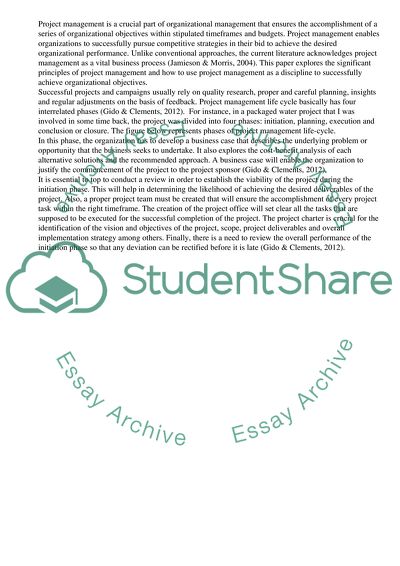Cite this document
(Project Management Life-Cycle and Its Benefits to an Organization Term Paper, n.d.)
Project Management Life-Cycle and Its Benefits to an Organization Term Paper. Retrieved from https://studentshare.org/management/1475578-final-assignment
Project Management Life-Cycle and Its Benefits to an Organization Term Paper. Retrieved from https://studentshare.org/management/1475578-final-assignment
(Project Management Life-Cycle and Its Benefits to an Organization Term Paper)
Project Management Life-Cycle and Its Benefits to an Organization Term Paper. https://studentshare.org/management/1475578-final-assignment.
Project Management Life-Cycle and Its Benefits to an Organization Term Paper. https://studentshare.org/management/1475578-final-assignment.
“Project Management Life-Cycle and Its Benefits to an Organization Term Paper”, n.d. https://studentshare.org/management/1475578-final-assignment.


